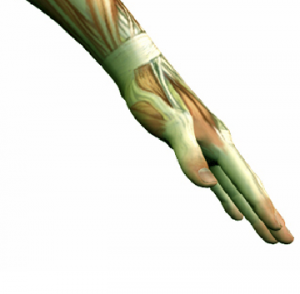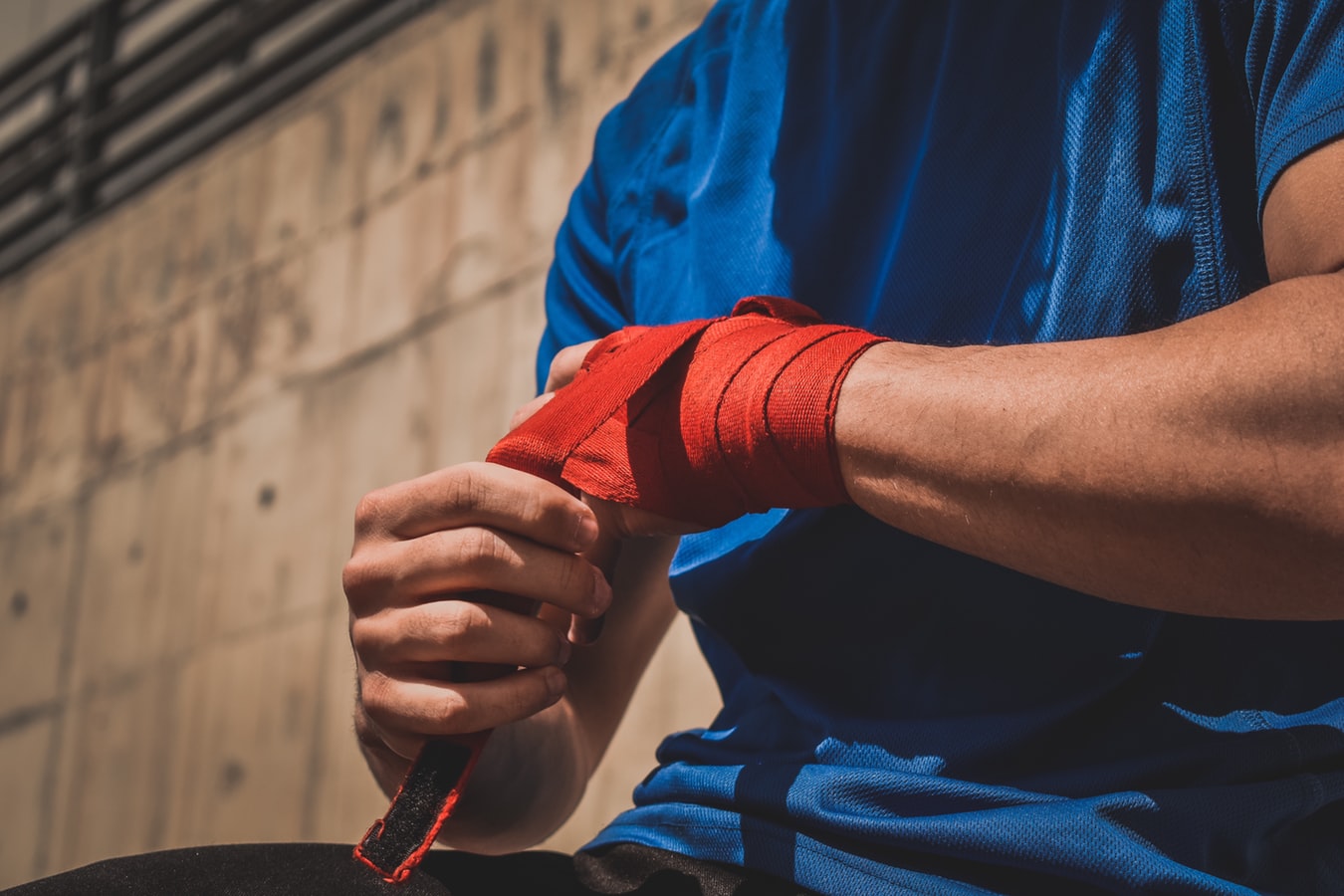Sport Rehabilitation and Physiotherapy for hand and wrist injuries
 We provide treatment for wrist and hand pain including weakness, numbness, tingling, tenderness and inflammation. So, if you are suffering with any of these symptoms early diagnosis and treatment will help you achieve optimal recovery.
We provide treatment for wrist and hand pain including weakness, numbness, tingling, tenderness and inflammation. So, if you are suffering with any of these symptoms early diagnosis and treatment will help you achieve optimal recovery.
We will identify during your initial appointment whether the cause of your wrist or hand pain is musculoskeletal in nature and advise the most appropriate course of action.
Does physical therapy help hand and wrist pain?
It is extremely rare that treatment is not beneficial for wrist and hand pain. It is important to have a thorough assessment to ensure the source of the pain is musculoskeletal. There are certain circulatory, rheumatological and neurological conditions that can cause hand symptoms which are treated by different interventions.
How is hand and wrist pain diagnosed?
All musculoskeletal conditions are diagnosed by a combination of the history i.e. how it came on, how it progressed, what aggravates the pain and what eases it etc followed by a thorough examination. This will also identify if the condition is not musculoskeletal and who you should be referred onto for further investigation.

Common sources of hand and wrist pain are:
Pain on the thumb side of the wrist – this is usually De Quervain’s Tenosynovitis, Osteoarthritis of the thumb or a ligament sprain.
Pain on top of the wrist – this can be osteoarthritis of the wrist, a ligament sprain or extensor tendonitis.
Pain on the little finger side of the wrist – This can be a tear to a small triangular piece of cartilage in the wrist, tendonitis or a ligament sprain.
How do you treat wrist pain?
There are many modalities we can use for treating wrist pain including deep friction massage, soft tissue massage, electrotherapy, joint mobilisations but most important is an exercise programme specific to your presentation.
When should you seek treatment for wrist pain?
You should seek therapy as early as possible to ensure you get the best and most expedient outcome.
Exercises for wrist pain
It is important to ensure you have exercises prescribed that are specific to your condition so it is best to seek an assessment as early as possible.
What are the most common hand and wrist injuries?
You might have heard of repetitive strain injury, wrist ligament injury and soft tissue injury – these are all common injuries to the hand and wrist, some others are as follows:
- Wrist, Hand and Finger ligament sprains
- De Quervain’s (thumb) tenosynovitis
- Flexor/ Extensor tendonitis
- Triangular Fibrocartilage Complex (TFCC) injuries
- Carpal Tunnel syndrome
- Osteoarthritis
For more details about the two most common wrist and hand conditions please click on the name of the condition below.

Hand and wrist injury specialists
Our therapists have a significant amount of experience assessing, diagnosing and treating wrist and hand injuries. We not only focus on the injured tissue, but also address the underlying issues that may have led to the injury in the first place. If you have suffered a hand of wrist injury then book an appointment as soon as possible.
The anatomy of the hand and wrist
The anatomy of the hand is complex with a total of 27 bones and 34 muscles in the average person, which enables the dexterity that the human hand requires as well as the range of movement and grip strength needed to complete many daily activities.
There are 8 Carpal bones, 5 Metacarpal bones and 14 Phalangeal bones which connect to form many small joints. The most commonly known are the Metacarpophalangeal joints (knuckles), Interphalangeal joints which bend the fingers and thumb and the Carpometacarpal Phalangeal (CMC) joint of the thumb.
The medical name for the wrist is the Radiocarpal joint as it joins the Radius in the forearm to the Carpus (Carpal bones) in the hand.
The wrist has 2 main planes of movement; flexion & extension (forward and back) and abduction & adduction (side to side). There is also a joint between the 2 bones in the forearm called the distal Radioulnar joint which allows the hand to be turned into supination (palm up) and pronation (palm down).
Between the Ulna and the Carpus is a tough piece of cartilage and ligaments known collectively as the Triangular Fibrocartilage Complex (TFCC) which provides support and stability to the distal Radioulnar joint.
